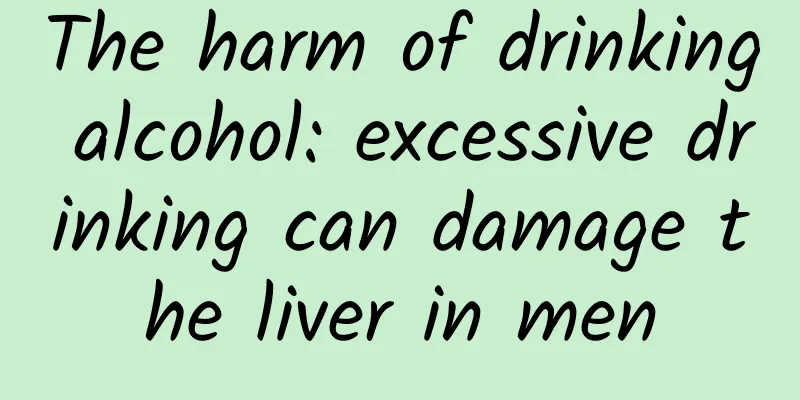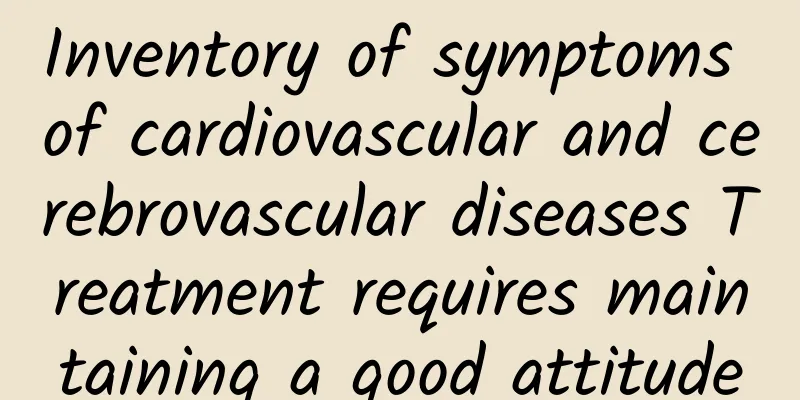Function of the seminal vesicle

|
The seminal vesicle is also called the spermatic vesicle. It is an oblong sac-shaped human organ located at the back of the bladder, on both sides of the ejaculatory duct, one on the upper and one on the lower. It is composed of a curved tube. Its metabolic duct and the tail end of the ejaculatory duct form the vas deferens. The fluid metabolized by the seminal vesicle constitutes part of the semen. So, what is the function of the seminal vesicle? Let's take a look below. CT anatomy of the seminal vesicle: The seminal vesicle is located above the male prostate, behind the bladder, in a symmetrical elliptical shape, with a fat tissue gap between it and the posterior wall of the bladder. When lying flat, it is annular, with a fat tissue gap between it and the posterior wall of the bladder. When lying flat, this gap forms a bladder-seminal vesicle angle of about 30 degrees. When lying prone, the seminal vesicle is close to the bladder and this angle disappears. Therefore, when distinguishing whether the bladder or male prostate tumor has invaded the seminal vesicle, you should lie supine to observe whether there is a symmetry. On CT, the seminal vesicle mainly manifests as a long elliptical soft tissue shadow that is symmetrical behind the bladder above the male prostate, with a CT value of 35-75Hu, and a total length of about 60mm on both sides. What is the function of the seminal vesicle Although the "sperma vesicle" is called the seminal vesicle, its main function is not to store male sperm, nor is it a sac that stores male sperm. So what exactly is its function? The seminal vesicle is also called the "sperma vesicle". The secretion of the seminal vesicle is light yellow, weakly alkaline, and slightly viscous. About 60% of the ejaculated semen comes from the secretion of the seminal vesicle. The seminal vesicle fluid contains high concentrations of glucose, prostaglandins, proteins, ascorbic acid, coagulase, creatine, sorbitol, unsaturated fatty acid phthalocyanine, uric acid, cassava starch-1-6-transglucosidase, trypsin inhibitors, inorganic phosphorus and a small amount of sodium citrate, which are nutrients that are components of sperm. In particular, glucose and prostacyclin are the specific metabolic components of the seminal vesicle, which are the driving force for sperm to obtain energy and drive. The seminal vesicle is not an organ that stores sperm, but an organ that provides sperm with energy and drive. Therefore, when the seminal vesicle becomes diseased, it will directly affect the vitality of sperm and easily lead to male infertility. Seminal vesicles can cause seminal vesiculitis, which is caused by E. coli, Klebsiella pneumoniae, Proteus and Pseudomonas. When the seminal vesicles are adjacent to human organs such as the male prostate, posterior urethra, sigmoid colon, etc., or when the male prostate and seminal vesicles are hematoma under any circumstances, the reckless bacteria will take advantage of the plane to invade the seminal vesicles and cause seminal vesiculitis. It is a common symptom in young men. The systemic symptoms of subacute seminal vesiculitis are body pain, chills and fever, even chills, high fever, nausea, vomiting, etc.; chronic seminal vesiculitis is often caused by the development of subacute seminal vesiculitis that is more severe or not completely treated. Due to habitual excitement or frequent urethra, the seminal vesiculitis and prostate become inflamed and secondary infection occurs. Seminal vesicle microenvironment Seminal vesicle microenvironment refers to the congenital growth and development of the seminal vesicle, the consistency of the seminal vesicle structure, the inflammation of the seminal vesicle, the metabolic capacity of the seminal vesicle (the yellowish concentrated fluid metabolized by it accounts for 70% of the semen, rich in glucose and ascorbic acid, providing nutrients and energy for the sperm in male ejaculation), the contraction capacity of the seminal vesicle (discharging secretions), the level and proportion of estrogen in the body, the function and regulation of nerve endings, the function of the capillary system and blood supply (supplying oxygen, nutrients, and removing cell differentiation substances), etc. (the seminal vesicle is not the place where sperm is stored) |
<<: Male prostate location map
>>: The penis becomes soft very quickly after erection
Recommend
How to clean smegma, men come to see
Many men have foreskin that is too long, so it is...
Why do people have photosensitivity? What foods can cause photosensitivity?
In life, since many people have different physica...
How to treat male urinary tract infection
In our daily life, we encounter many physical dis...
What is the reason for a lump on the penis after circumcision?
Prepuce is a common disease. Since the site of pr...
What to do if a man is impotent
Impotence and premature ejaculation are actually ...
What to do if a man is bald
Baldness affects the appearance of both men and w...
When shaving for the first time, you should pay special attention to these issues!
When men reach adolescence, around 18-20 years ol...
A few push-ups show a man's sexual ability
To have a satisfying sex life, you need to have a...
What is the best Chinese medicine for premature ejaculation?
Premature ejaculation in men can have an impact o...
Male urine test is positive
If a male's urine test is positive, it may be...
What is the purple-red color of the glans?
The glans is an important part of the male reprod...
How can men improve their sexual ability?
With the increase of economic and life pressure, ...
How to grill oysters, grilled oyster tutorial
Oysters are a nutritious seafood, especially for ...
Effects of Zoloft on sexual function
In addition to the efficacy of the drug, the side...
Is physical exercise useful for men with premature ejaculation?
There are many diseases related to men, and disea...









